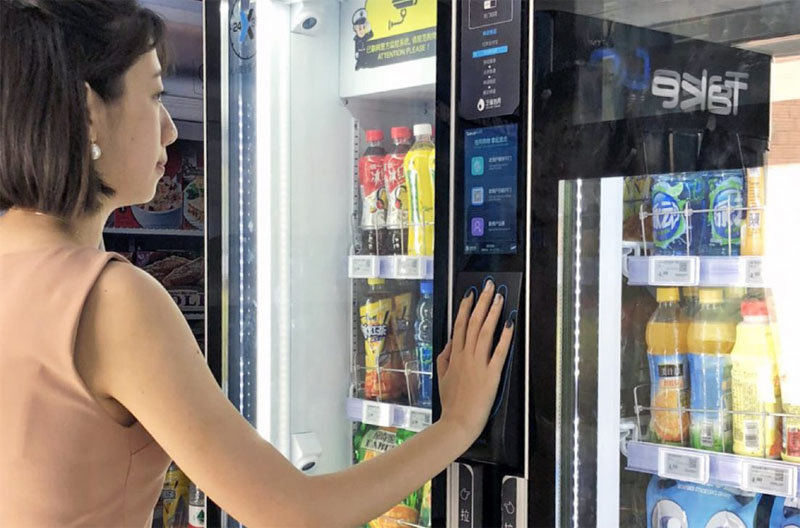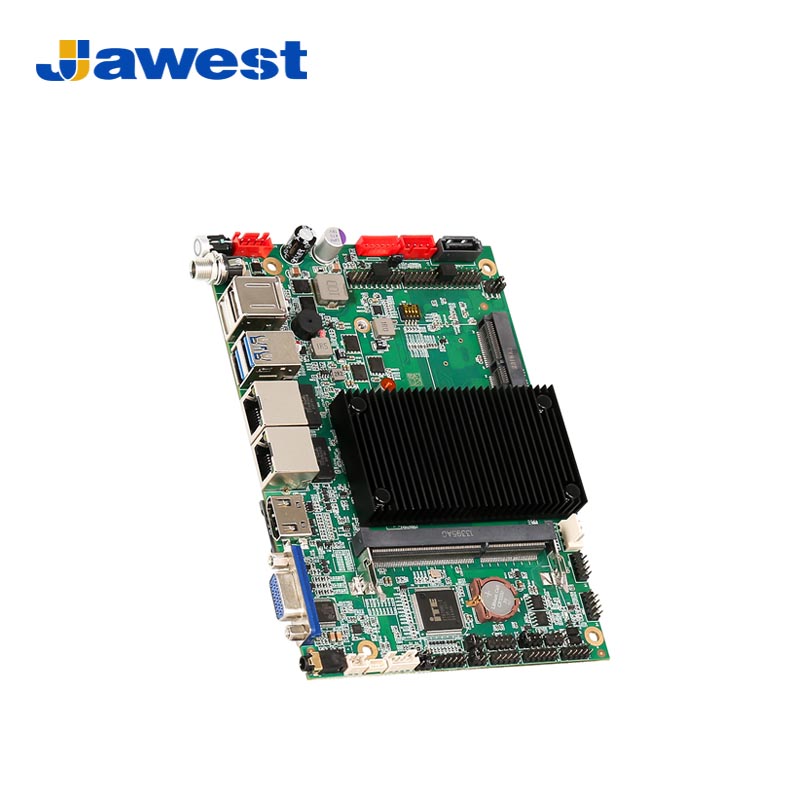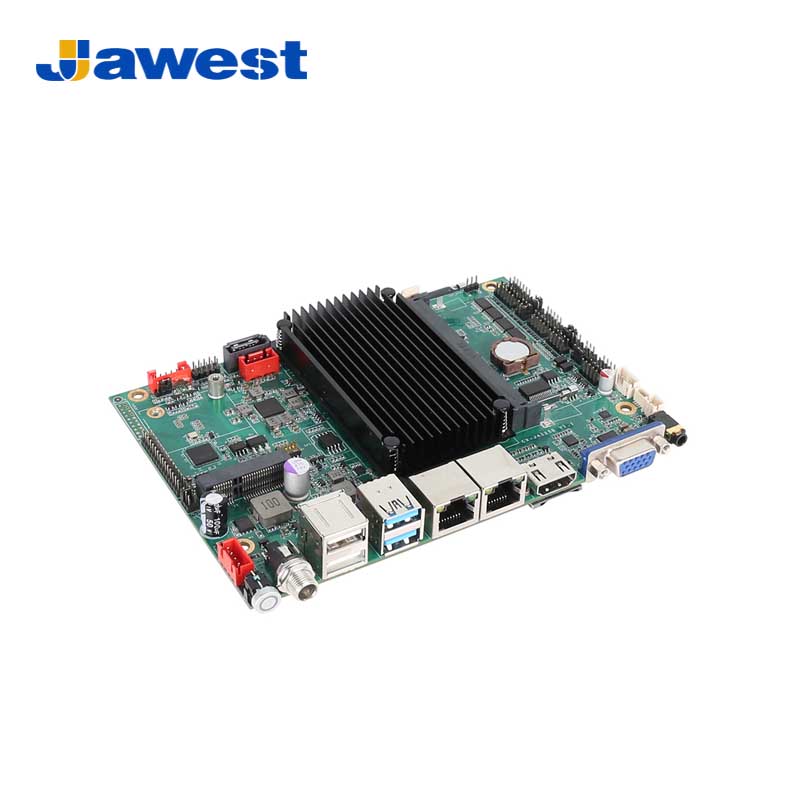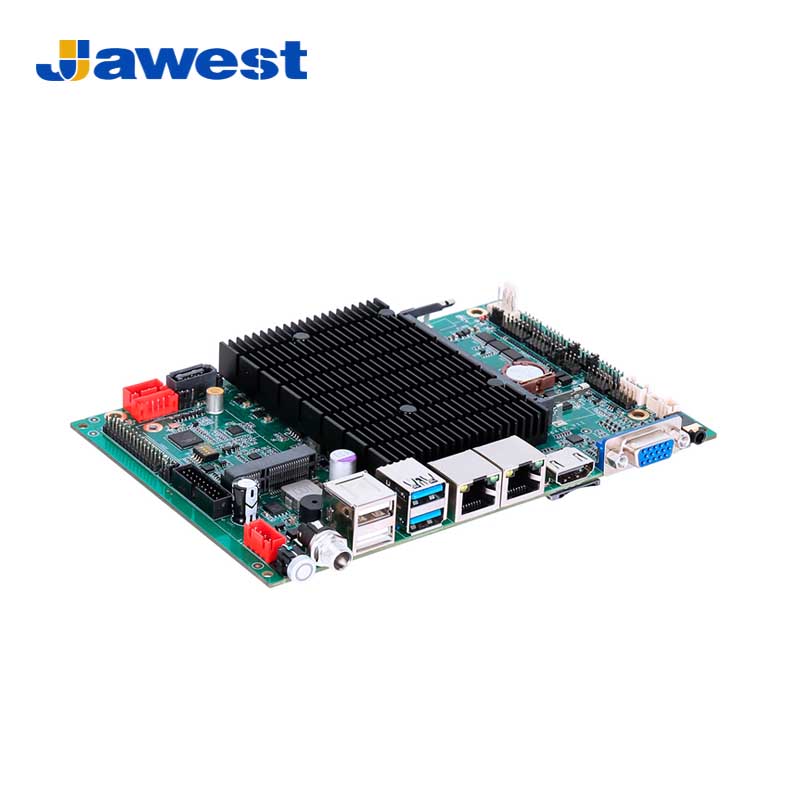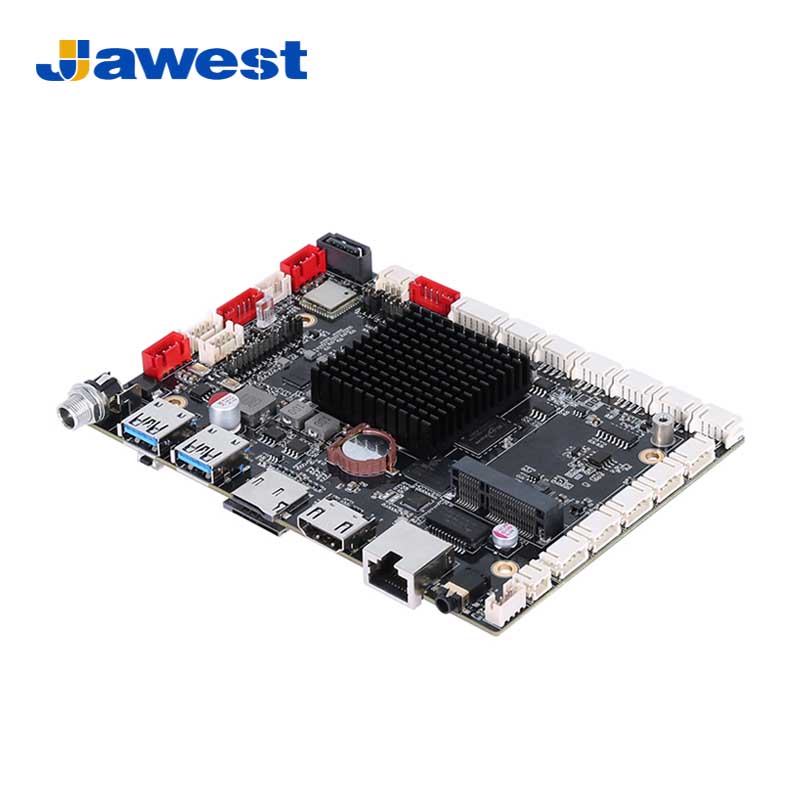Industrial motherboards, designed to withstand harsh environments and provide reliable performance, are increasingly being integrated into vending machines. These motherboards offer several advantages that make them ideal for the unique demands of vending machine applications. This article explores the key benefits, features, and considerations for using industrial motherboards in vending machines.
The Role of Industrial Motherboards in Vending Machines
Vending machines, ubiquitous in public spaces and workplaces, require robust and reliable components to ensure uninterrupted service. Industrial motherboards play a crucial role in these machines, powering their operations and enabling advanced functionalities. Unlike consumer-grade motherboards, industrial motherboards are built to endure extreme temperatures, humidity, dust, and vibrations, ensuring consistent performance in various environments.
Key Benefits of Industrial Motherboards
Durability and Longevity: Industrial motherboards are designed to last longer than their consumer counterparts. They feature high-quality components and rugged designs that can withstand the constant use and potential abuse seen in public vending machines.
Extended Operating Temperature Range: Vending machines often operate in diverse environments, from outdoor locations to indoor areas with varying temperatures. Industrial motherboards can function efficiently in a wide range of temperatures, typically from -20°C to 70°C, ensuring reliable operation regardless of weather conditions.
Enhanced Connectivity: These motherboards come equipped with multiple connectivity options, including USB ports, serial ports, Ethernet, and wireless capabilities. This allows for seamless integration with various peripherals such as payment systems, touchscreens, and inventory management sensors.
Power Efficiency: Power consumption is a critical factor for vending machines, especially those running 24/7. Industrial motherboards are designed to be power-efficient, reducing operational costs and extending the lifespan of the machine’s components.
Advanced Security Features: To protect sensitive data and transactions, industrial motherboards incorporate advanced security features. These may include hardware-based encryption, secure boot, and Trusted Platform Module (TPM) support, safeguarding against potential cyber threats.
Features and Specifications
Industrial motherboards for vending machines come with a range of features tailored to meet specific application needs:
Fanless Design: Many industrial motherboards use a fanless design to eliminate the risk of mechanical failure and reduce maintenance requirements. Passive cooling solutions ensure reliable operation in dust-prone environments.
Compact Form Factor: Space is often limited inside vending machines. Industrial motherboards are available in compact form factors such as Mini-ITX, allowing them to fit into tight spaces without compromising functionality.
Robust I/O Options: Extensive input/output options enable connectivity with various vending machine components, including coin validators, bill acceptors, card readers, and display units. This flexibility supports diverse vending solutions from snacks to high-tech automated kiosks.
Remote Management: Advanced remote management capabilities allow operators to monitor and manage vending machines from a central location. This feature is particularly valuable for troubleshooting, updating software, and managing inventory remotely, reducing the need for on-site visits.
Considerations for Selection
When selecting an industrial motherboard for a vending machine, several factors should be considered to ensure optimal performance and longevity:
Compatibility: Ensure that the motherboard is compatible with the vending machine’s hardware and software requirements. This includes verifying support for necessary peripheral devices and payment systems.
Environmental Specifications: Evaluate the environmental specifications of the motherboard, such as operating temperature range, humidity tolerance, and resistance to dust and vibrations.
Longevity and Supply Chain: Industrial motherboards typically offer longer product lifecycles compared to consumer models. Confirm that the manufacturer can provide long-term support and supply chain stability.
Customization Options: Some applications may require customized solutions. Working with manufacturers that offer customization services can ensure that the motherboard meets specific operational needs.
Conclusion
Industrial motherboards are a critical component in modern vending machines, providing the durability, reliability, and advanced features necessary for efficient operation. Their ability to withstand harsh environments, coupled with enhanced connectivity and security features, makes them an ideal choice for vending machine applications. As technology continues to evolve, industrial motherboards will play an increasingly important role in advancing the functionality and efficiency of vending machines, ensuring they meet the demands of both operators and consumers.
What kinds of industrial motherboards are suitable for vending machine applications? X86 or ARM architecture?
When selecting industrial motherboards for vending machine applications, both x86 and ARM architectures offer distinct advantages and are suitable depending on the specific requirements of the application. Here’s a comparative overview to help determine which architecture might be more appropriate for different vending machine scenarios:
X86 Architecture
Advantages:
Compatibility and Flexibility: X86 motherboards are widely compatible with a variety of software and operating systems, including Windows and various Linux distributions. This makes them versatile for applications that require specific software support or more extensive functionality.
Performance: x86 processors, particularly those from Intel and AMD, tend to offer higher performance levels, making them suitable for complex tasks, such as running advanced multimedia features or handling sophisticated payment and inventory systems.
Mature Ecosystem: The x86 ecosystem is well-established, with a wide range of peripherals, development tools, and support resources. This can simplify integration and development processes.
Rich I/O Options: Industrial x86 motherboards typically come with extensive input/output options, supporting a variety of interfaces such as USB, serial ports, Ethernet, and PCIe slots, which are beneficial for connecting various vending machine peripherals.
ARM Architecture
Advantages:
Power Efficiency: ARM processors are renowned for their low power consumption, making them ideal for vending machines that need to operate 24/7 with minimal energy usage, which is crucial for reducing operational costs.
Cost-Effectiveness: ARM-based motherboards are often more cost-effective, both in terms of initial purchase price and ongoing energy costs, which can be a significant advantage for large deployments.
Heat Management: ARM processors generate less heat compared to their x86 counterparts, reducing the need for complex cooling solutions and enhancing overall reliability in environments where temperature control might be an issue.
Embedded Systems: ARM architecture is well-suited for embedded systems due to its efficiency and compact size. This makes ARM motherboards a good fit for vending machines with specific embedded applications that don’t require the broad compatibility of x86.
Choosing Between x86 and ARM
The choice between x86 and ARM architecture for vending machine applications depends on several factors:
Application Complexity: If the vending machine requires high-performance computing, extensive software compatibility, or sophisticated features, an x86 motherboard might be more suitable. Examples include machines with high-definition displays, interactive touchscreens, or advanced payment systems.
Power Consumption: For applications where power efficiency is paramount, such as outdoor or solar-powered vending machines, ARM motherboards are typically the better choice due to their lower power requirements.
Cost Considerations: ARM motherboards are generally more cost-effective, making them a good option for budget-conscious projects or large-scale deployments where initial costs and energy savings are critical.
Environmental Conditions: ARM processors’ better heat management can be advantageous in environments where temperature control is challenging, whereas x86 motherboards might be preferred in more controlled indoor environments where performance is a priority.
Development Ecosystem: The development tools, community support, and available resources for each architecture can also influence the decision. x86 has a more mature ecosystem for traditional software, while ARM offers strong support for embedded and IoT applications.
Conclusion
Both x86 and ARM architectures have their place in vending machine applications, and the choice largely depends on the specific requirements of the machine. Evaluating factors such as performance needs, power efficiency, cost, and environmental conditions will help in selecting the most suitable industrial motherboard for a given vending machine application.




